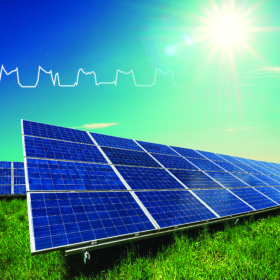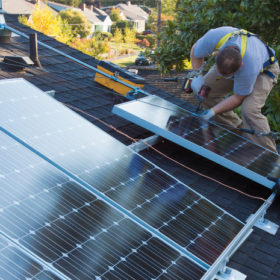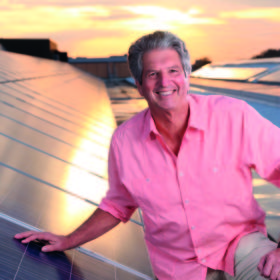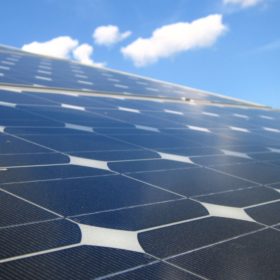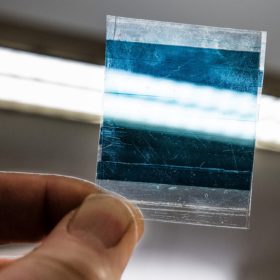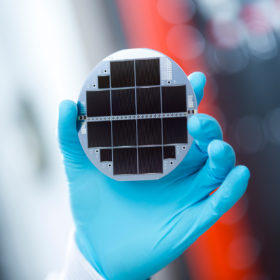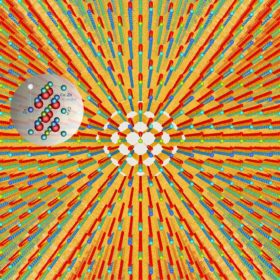US scientists create MPP algorithm to measure PV panel degradation
The algorithm is said to be able to examine the relationship between weather forecast data and the projection of electric circuit parameters. Through this innovation, Purdue University researchers claim they can interpret the routinely collected maximum power point (MPP) time-series data, to assess the time-dependent “health” of installed solar modules.
Researchers propose doubling today’s solar panel efficiency using two weird tricks
By double stacking a perovskite-silicon solar cell and using the cell in a glass-on-glass bifacial solar module, scientists model that a 30-36% efficient solar module can be attained.
Study: 32% tandem cell solar still competitive at triple the price
Arizona State University researchers have determined that a 32% efficient perovskite-silicon tandem cell could produce electricity at the same price as cutting-edge 22% efficient panels in the most cost-competitive of situations
Egyptian Pyramids may help solar research
A group of Russian researchers has found out that under resonance conditions, the Pyramid of Giza can concentrate electromagnetic energy in its internal chambers. This discovery, the scientists claim, may also be used to develop high efficient solar cells.
German scientists to develop energy-storing solar cells
The planned cell is to be based on the so-called norbornadiene-quadricyclane storage system.
Australian solar researcher Martin Green awarded Global Energy Prize
Pioneering UNSW solar researcher Martin Green has received wide recognition for his achievement as being selected as one of the winners of 2018 Global Energy Prize. The prize has brought with it $820,000 towards Green’s research and teaching, and a congratulatory call from Prime Minister Malcolm Turnbull.
SOLAR-ERA.NET launches €22 million call to co-fund development of innovative solar technologies
Through the joint call, the European organization is seeking to provide financial backing for, among other PV and CSP technologies, high-performance crystalline silicon and thin film technologies which can increase module efficiency and decrease turn-key system costs.
Swedish scientists develop new method to reduce defects in organic solar cells
The researchers found that printed solar cells achieved a better performance when they used an active polymer material as glue.
Fraunhofer ISE announces 33% efficiency for multi-junction solar cell
Together with Austrian equipment manufacturer EVG, Fraunhofer ISE has achieved an efficiency of 33.3% on a multi-junction solar cell. The highlight of the cell is the ultra-thin II-V semiconductor layer. However, it will be a few years before mass production is possible.
German scientists use germanium to improve performance of kesterite solar cells
Although current efficiencies for solar cells based on kesterite do not exceed 12.6%, the use of germanium may enable the development of cells with a higher energy band gap.
